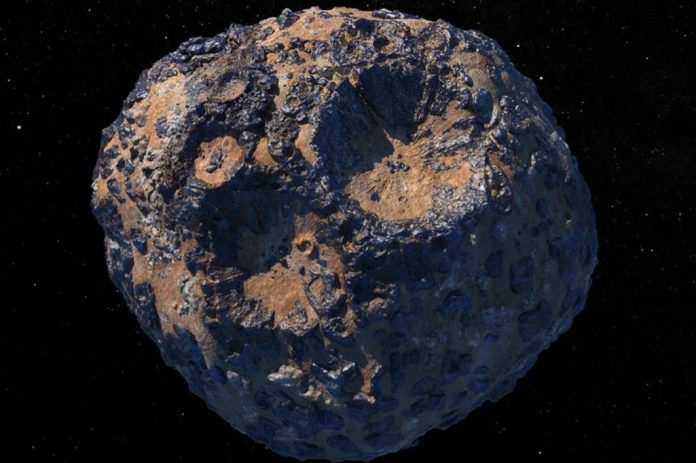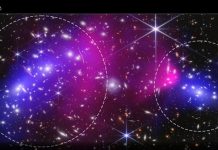
Have you ever wondered about the mysteries that the universe holds?
One such mystery that has had scientists scratching their heads for years revolves around small space rocks, called meteorites, that have magnetic properties.
Recently, a team of researchers from Yale University has proposed a theory that might solve this intriguing space puzzle.
You see, many of the planets and moons in our solar system, including Earth, Mercury, and Jupiter’s moons Ganymede and Io, have something called a magnetic field.
This invisible force field is like a giant magnet in space and is very important for understanding how these celestial bodies are built inside and how they change over time.
We even see signs of old magnetic fields on Mars and our own Moon. But what is baffling is that some meteorites also show hints of magnetism. This is especially puzzling because these meteorites, often made of iron, are believed to come from the metallic hearts of asteroids, which shouldn’t be able to make their own magnetic fields!
Zhongtian Zhang, a Yale graduate student, and his professor, David Bercovici, have an interesting idea about how these magnetic meteorites might be formed.
They suggest that when asteroids crash into each other in space, the crash can create new metal asteroids.
These new asteroids, they believe, could not only generate a magnetic field but also keep a record of this magnetism in their own material. Small pieces of these asteroids could then fall to Earth as meteorites, carrying with them a trace of their magnetic past.
Their idea is based on a specific type of asteroid called a “rubble-pile” asteroid. Imagine an asteroid collision creating lots of fragments, like pieces of a broken vase.
These fragments can sometimes come back together to form a new asteroid, just like how we can glue together the broken pieces of a vase.
What Zhang and Bercovici think happens next is quite interesting. After the collision, they suggest that a new asteroid can form with a cool, rubble-pile heart and a warmer, liquid outside layer.
As the cool heart starts to take heat from the outside layer and lighter elements such as sulfur are released, it causes movement of the liquid in a process called convection. This moving liquid then generates a magnetic field.
Their calculations suggest that these asteroid-made magnetic fields could last for several million years, which is long enough for us to detect their magnetic signatures in meteorites billions of years later.
The research, funded by NASA and linked to the Psyche mission, has been warmly welcomed. “Zhongtian has cleverly put together different pieces of this cosmic puzzle,” Professor Bercovici praised.
He compared the process to dropping ice cubes into molten metal – they have to be the right size to both cool and sink fast enough to form an inner core.
So, the next time you look up at the night sky, remember that there are countless mysteries waiting to be solved.
And thanks to the hard work of scientists like Zhang and Bercovici, we are one step closer to understanding the universe a little better!
Follow us on Twitter for more articles about this topic.



